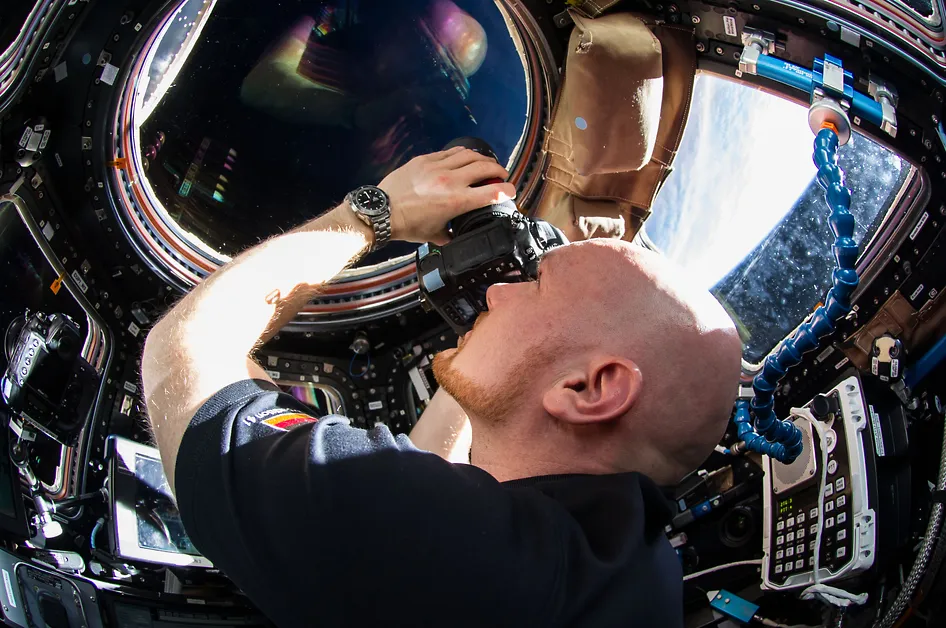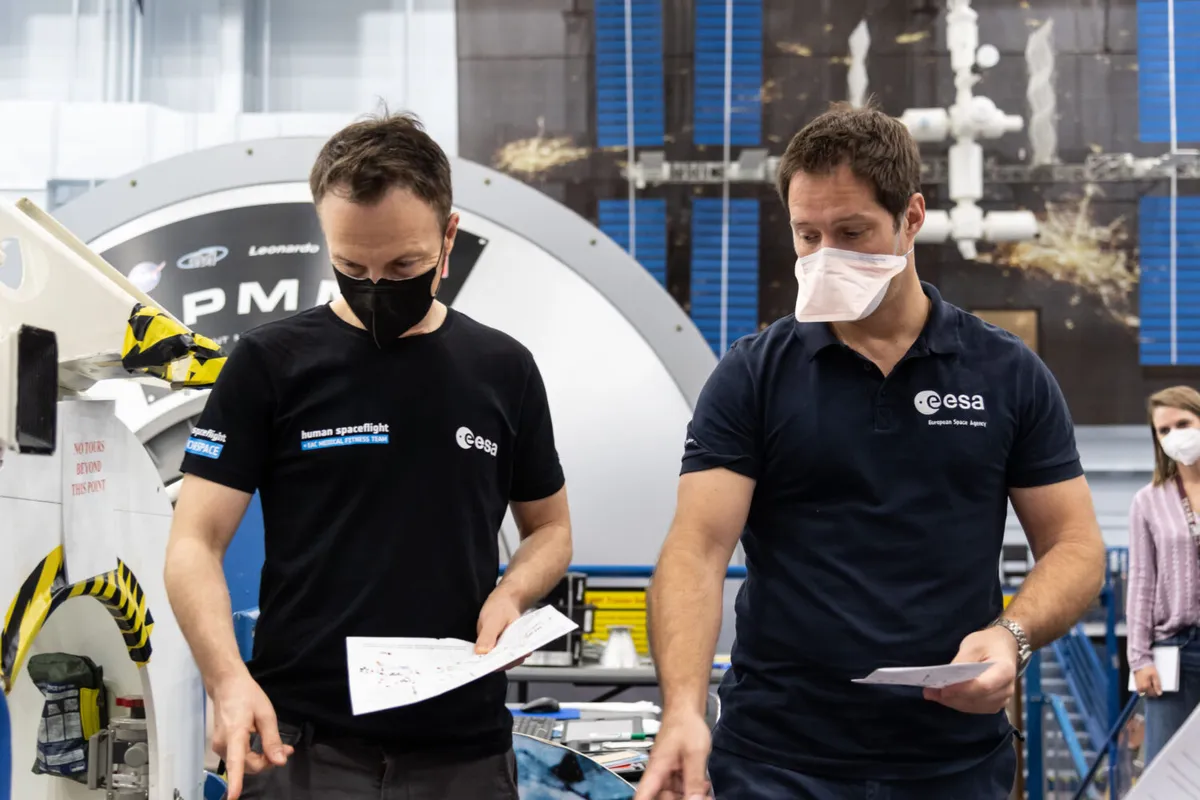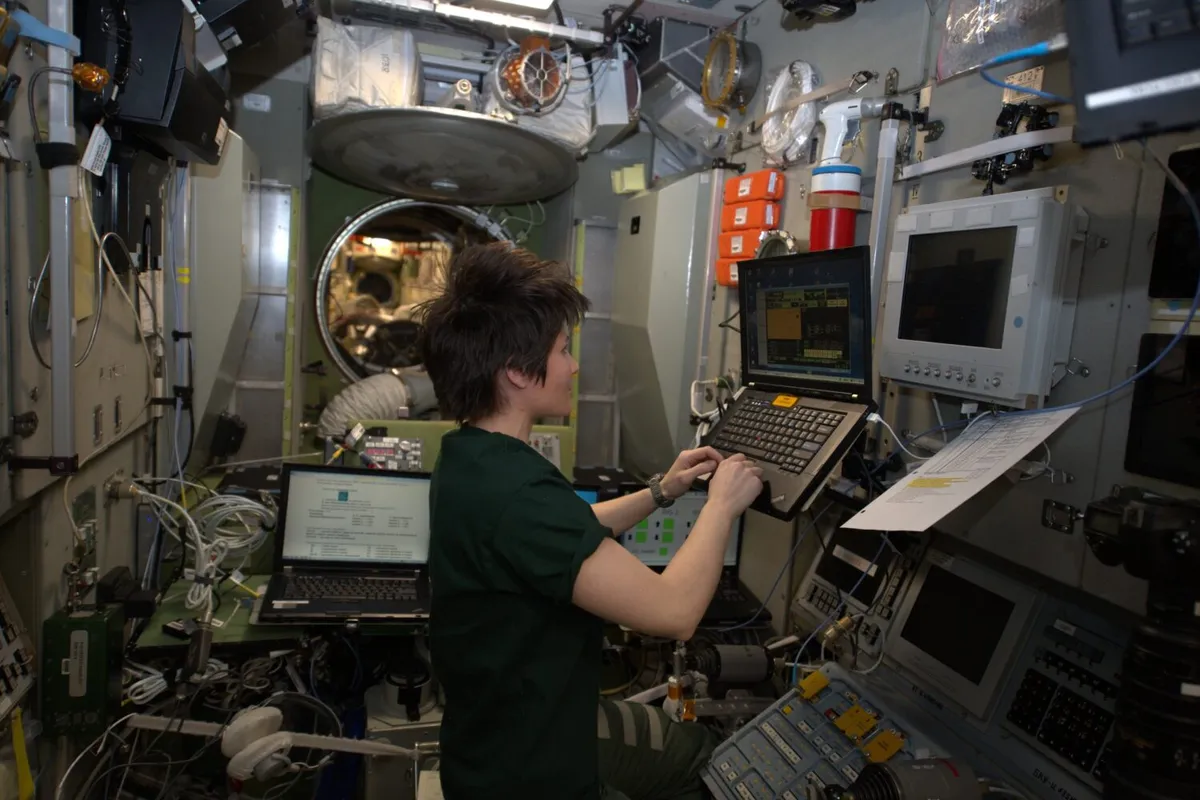The European Space Agency has announced that it will soon be accepting applications for its astronaut training programme, for the first time in over a decade.From 31 March 2021, prospective astronauts will be able to apply via the ESA astronaut selection website.
There are other means of getting into space of course, but provided you have the necessary qualifications, training to be an astronaut is certainly among the cheaper options.
There's much to consider before you make the decision to fill out the astronaut application form, including what astronauts eat in space, the risks and dangers on the International Space Station and the difficulties posed by long-duration spaceflight.
While you wait for applications to open, you could also take Tim Peake's astronaut tests and see how you get on.

For the first time ever, ESA is also looking for candidates who have a physical disability but who are otherwise "psychologically, cognitively, technically and professionally qualified to be an astronaut".
ESA says its 'parastronaut feasibility project' aims to "begin removing barriers for people with disabilities to carry out a professional space mission."
The agency has said it will invest in adapting space hardware to enable astronauts with a physical disability to serve as crew members on a future space mission.

How to apply to be an astronaut
Those selected for the astronaut training programme will be trained for long-duration or complex space missions and will become permanent ESA staff members.
The space agency last put out the call for astronaut applicants in 2008 and has only held 3 recruitment drives in total, its first being in 1978.
The minimum requirements for the ESA training programme are that applicants must:
- Be a citizen of an ESA member state or associate state
- Have a Master's degree in natural sciences, medicine, engineering, mathematics or computer sciences
- Or hold a degree as an experimental test pilot and/or test engineer.

Prospective astronauts also need 3 years of "relevant professional experience" and to be fluent in English, although knowledge of other languages is a plus.
Commenting on the announcement, ESA astronaut Samantha Cristoforetti says being an astronaut combines "science and technology, complex machines, demanding operational environments, international teams, physical fitness, public outreach.
"And of course, occasionally you get to ride a rocket to work!"
Doesn't too bad, does it?
Want to apply to become an ESA astronaut? Find out how via the ESA astronaut selection website.
